

Articles
How To Store A Poop Sample For The Vet
Modified: December 7, 2023
Discover the right way to store a poop sample for your vet visit with our informative articles. Proper storage ensures accurate testing and diagnosis.
(Many of the links in this article redirect to a specific reviewed product. Your purchase of these products through affiliate links helps to generate commission for Storables.com, at no extra cost. Learn more)
Introduction
When it comes to the health of our furry friends, regular check-ups with a veterinarian are essential. And sometimes, these check-ups may require collecting a poop sample for further examination. While it may not be the most glamorous task, providing a poop sample can provide valuable insights into your pet’s overall well-being.
But why is it necessary to collect a poop sample? Well, the answer lies in the fact that poop can provide important information about your pet’s digestive health, identify any underlying issues, and help the veterinarian make an accurate diagnosis. So, whether you’re preparing for a routine check-up, addressing a specific concern, or participating in a preventive health program, knowing how to properly collect and store a poop sample is vital.
While the process of collecting a poop sample may seem daunting at first, it doesn’t have to be. With a few simple steps and the right approach, you can successfully collect a poop sample for your vet without any fuss. In this article, we will guide you through the entire process, ensuring that you have all the necessary information to collect and store a poop sample properly.
So, let’s get started and learn how to collect and store a poop sample for your veterinarian’s examination. By following these steps, you’ll be able to contribute to your pet’s health and well-being while ensuring the best possible care from your veterinarian.
Key Takeaways:
- Collecting and storing a poop sample for your vet is crucial for your pet’s health. Follow the step-by-step guide to ensure a stress-free process and provide valuable insights for accurate diagnosis and treatment.
- By understanding the importance of collecting a poop sample, gathering the necessary supplies, and following proper storage and transportation guidelines, you can actively contribute to your pet’s healthcare and ensure the best possible care from your veterinarian.
Read more: How To Store Urine Sample For Vet
Why Collect a Poop Sample?
You may wonder why collecting a poop sample is necessary when you already bring your pet to the vet for regular check-ups. While physical examinations and blood tests can provide valuable information, analyzing a poop sample allows veterinarians to get a closer look at your pet’s gastrointestinal health. Here are a few reasons why collecting a poop sample is important:
- Detecting Parasites: Parasites such as worms and protozoa can reside in your pet’s gastrointestinal tract and cause various health issues. By examining a poop sample, veterinarians can determine if your pet has any parasites that need to be treated. Early detection is crucial, as parasites left untreated can lead to serious health complications.
- Monitoring Digestive Health: The appearance, consistency, and color of your pet’s poop can reveal important information about their digestive system. Abnormalities like diarrhea, constipation, or bloody stools can indicate underlying gastrointestinal disorders. A poop sample can help your veterinarian assess your pet’s digestive health and determine if further diagnostic tests or treatments are necessary.
- Diagnosing Infections: Bacterial or viral infections can affect the gastrointestinal tract and cause symptoms such as vomiting, diarrhea, and abdominal pain. By analyzing a poop sample, veterinarians can identify the presence of infectious agents and prescribe appropriate medications to treat the infection.
Collecting a poop sample can also be a part of routine preventive healthcare. Regular fecal examinations can help detect and prevent potential health issues before they become severe. Additionally, if your pet has been on medication or undergoing treatment, monitoring their poop sample can help determine if the treatment is effective or needs adjustment.
By understanding the importance of collecting a poop sample, you can actively participate in your pet’s healthcare. It’s a simple yet effective way to ensure their overall well-being and provide your veterinarian with valuable information to make accurate diagnoses and create tailored treatment plans.
Steps to Collecting a Poop Sample
Collecting a poop sample from your pet may seem like a challenging task, but with the right approach, it can be done easily and stress-free. Follow these steps to collect a poop sample for your vet:
- Gather the Necessary Supplies: Before you begin, make sure you have all the essential supplies ready. This includes gloves, clean containers, and a plastic bag or scoop for collecting the poop.
- Choose the Right Time and Place: Timing is crucial when collecting a poop sample. Take your pet for a walk or place them in a designated area where they feel comfortable and are likely to poop. Choose a spot that is clean and away from urine or other contaminants.
- Collect the Sample: Once your pet starts to poop, be prepared to collect the sample quickly. Use a plastic bag or scoop to carefully collect a small amount of poop. Avoid touching the poop with your bare hands to maintain hygiene.
- Store the Sample Properly: Transfer the collected poop sample into a clean container that has been labeled with your pet’s name and the date. Seal the container tightly to prevent any leakage or odor. If the poop sample is too large to fit in the container, take a representative portion and discard the rest.
- Transporting the Sample to the Vet: Ideally, the poop sample should be brought to the vet within the same day of collection. If this is not possible, refrigerate the sample to help preserve it until you can bring it in. Make sure to inform the vet about the storage conditions if the sample was refrigerated.
Remember, collecting a poop sample may take patience and some trial and error. It’s important to be gentle and understanding with your pet during this process. If you’re having difficulty collecting a sample, consult with your veterinarian for guidance and assistance.
By following these simple steps, you will be able to collect a poop sample for your veterinarian without stress or hassle. Your veterinarian will appreciate your proactive approach, as it helps them gather important information about your pet’s health and provide the best possible care.
Step 1: Gather the Necessary Supplies
Before you begin the process of collecting a poop sample for your pet, it’s important to gather all the necessary supplies. Having these items on hand will make the task easier and ensure that you can properly store the sample. Here are the essential supplies you will need:
- Gloves: Wearing disposable gloves during the collection process is important for both hygiene and safety. It protects you from any potential pathogens present in the feces and prevents the spread of bacteria or parasites.
- Clean Containers: You will need a clean, sealable container to store the poop sample. It is best to use a container that is specifically designed for this purpose, such as a sterile specimen cup or a clean screw-top container. Make sure the container is free of any residual substances that could contaminate the sample.
- Plastic Bag or Scoop: A plastic bag or a scoop will help you collect the poop easily without touching it directly. You can use a plastic baggie turned inside out to act as a makeshift glove or use a scoop specifically designed for this purpose.
- Label: It’s important to label the container with your pet’s name and the date of collection. This ensures proper identification and prevents mix-ups if you need to store multiple poop samples or submit them to the vet at a later time.
Gathering these supplies in advance will save you time and ensure that you are prepared when it’s time to collect a poop sample. It’s a good idea to have a designated area or drawer where you keep these supplies so that they are easily accessible whenever needed.
Remember, hygiene is crucial throughout the sampling process. Wash your hands thoroughly after handling the poop and disposing of any used gloves or bags appropriately. Maintaining proper hygiene not only protects you but also ensures the integrity of the poop sample for accurate analysis.
By gathering the necessary supplies beforehand, you will be well-prepared to collect a poop sample for your pet. This first step sets the foundation for a successful and hygienic process, making it easier for you to provide valuable information to your veterinarian and contribute to your pet’s overall health and well-being.
Step 2: Choose the Right Time and Place
Choosing the right time and place for collecting a poop sample is essential to ensure a successful and stress-free process. Here are some tips to help you select the optimal time and place:
- Consider Your Pet’s Routine: Take note of your pet’s typical bathroom routine and try to collect the poop sample during a time when they are most likely to need to go. This may be shortly after a meal or after a period of physical activity.
- Select a Quiet Location: Choose an area where your pet feels comfortable and at ease. It should be a quiet and familiar spot away from distractions or loud noises that could cause anxiety or hinder the collection process.
- Ensure a Clean Environment: It’s best to select a spot that is clean and free from urine or other contaminants. Clear any debris or waste from the area before your pet begins to eliminate to ensure that the sample remains uncontaminated.
- Consider Outdoor or Indoor Options: Depending on your pet’s preferences and the available options, you can either collect the poop sample outdoors or indoors using a litter box or potty training pad. Choose the option that your pet is most comfortable with to increase the chances of a successful collection.
Observe your pet closely to look for signs that they are about to eliminate. Some common signs include circling, sniffing the ground, or assuming their usual pre-poop posture. When you anticipate that your pet is about to poop, be prepared to collect the sample promptly.
It’s important to be patient and allow your pet sufficient time to complete their elimination. Rushing the process may cause unnecessary stress and make it more challenging to collect a poop sample. Remember to stay calm and provide a supportive environment for your pet throughout this step.
By choosing the right time and place for collecting a poop sample, you will increase the chances of a successful collection. This step sets the stage for an efficient and stress-free process, making it easier for you to gather the valuable information your veterinarian needs to assess your pet’s health.
Collect the poop sample in a clean, sealable container and refrigerate it until you can bring it to the vet. Avoid mixing it with urine or water.
Read more: How To Store Cat Stool Sample For Vet
Step 3: Collect the Sample
Now that you’ve gathered the necessary supplies and chosen the right time and place, it’s time to collect the poop sample from your pet. Here are some instructions to help you collect the sample effectively:
- Put on Gloves: Before you begin the collection process, put on a pair of disposable gloves to protect yourself from any potential pathogens and maintain proper hygiene.
- Approach Calmly: Approach your pet calmly and gently. Avoid startling or overwhelming them, as it may disrupt their natural elimination process.
- Use a Plastic Bag or Scoop: With the glove on one hand, use a plastic bag or scoop to collect the poop. If using a plastic bag, you can turn it inside out to act as a makeshift glove. With the gloved hand, pick up the poop by carefully sliding your hand under it or using the scoop for easier collection.
- Collect an Adequate Sample Size: Collect a small amount of poop, typically about a tablespoon or as specified by your veterinarian. If the sample is too large to fit in the container, you can take a representative portion and discard the rest.
- Avoid Contamination: Be careful not to touch the inside of the container or the edges with your gloved hand to prevent contamination. Seal the container tightly to avoid any leakage or odor.
- Dispose of Gloves and Bag: Carefully remove and dispose of the gloves and the plastic bag used for collecting the poop. Be sure to wash your hands thoroughly with soap and water after disposing of the gloves.
It’s important to handle the process with care and gentleness, ensuring the comfort and trust of your pet. Being patient and allowing them to eliminate naturally will increase the chances of successfully collecting a poop sample.
Remember, if you are unable to collect a sample during the first attempt, try again later or the next day. It may take a few tries to collect a sufficient sample. If you are having difficulty collecting a sample, consult with your veterinarian for further guidance and assistance.
By following these steps, you will be able to collect the poop sample safely and efficiently. This step is crucial in providing your veterinarian with the necessary sample to analyze and diagnose any potential health concerns your pet may have.
Step 4: Store the Sample Properly
After successfully collecting a poop sample from your pet, the next step is to store it properly to maintain its integrity for analysis by your veterinarian. Proper storage ensures that the sample remains viable and provides accurate insights into your pet’s health. Here’s how to store the poop sample:
- Transfer the Sample: Carefully transfer the collected poop sample from the plastic bag or scoop into a clean, sealable container. It is recommended to use a container specifically designed for this purpose, such as a sterile specimen cup or a clean screw-top container.
- Label the Container: Label the container with your pet’s name and the date of collection. This helps to ensure proper identification and prevents any mix-ups if you need to store multiple samples or submit them to the vet at a later time.
- Seal the Container Tightly: Ensure that the container is tightly sealed to prevent any leakage or odor. Use the provided lid or cap, and make sure it is securely fastened to maintain the integrity of the sample.
- Store in a Cool Environment: It’s important to store the sample in a cool environment. Ideally, keep it refrigerated to help preserve its freshness and prevent bacterial growth. If refrigeration is not possible, keep the sample in a cool area away from direct sunlight and extreme temperatures.
Properly storing the poop sample helps maintain its stability and ensures accurate analysis by your veterinarian. It’s important to follow these guidelines to avoid any contamination or degradation of the sample, which could potentially affect the results.
If you are unable to bring the sample to the vet on the same day, refrigerate the container until you can transport it. Just remember to inform your veterinarian about the storage conditions if the sample has been refrigerated.
Always prioritize hygiene when handling and storing the sample. Wash your hands thoroughly after handling the sample and dispose of any used gloves or bags appropriately.
By storing the poop sample properly, you are ensuring that it remains viable for analysis. This step is crucial in providing accurate insights into your pet’s health, enabling your veterinarian to make a precise diagnosis and recommend the appropriate treatment if necessary.
Step 5: Transporting the Sample to the Vet
After properly storing the poop sample, the final step is to transport it to your veterinarian for analysis. Proper transportation ensures that the sample arrives in good condition and maintains its integrity for accurate testing. Here’s how to transport the poop sample to the vet:
- Plan Accordingly: It’s best to transport the poop sample to the vet on the same day of collection. If this is not possible, make arrangements to bring it in as soon as possible, ideally within 24 to 48 hours.
- Keep the Sample Refrigerated: If you need to transport the sample over a longer period, refrigerate it to help preserve its freshness and prevent bacterial growth. Place the securely sealed container in a small cooler bag with ice packs to maintain a cool temperature during transportation.
- Communicate with the Vet: Inform your veterinarian about the transportation and storage conditions of the poop sample, especially if it has been refrigerated. This information will help them interpret the results accurately.
- Handle the Sample with Care: During transportation, it’s important to handle the container with care to prevent any leakage or damage. Place the container securely, preferably in a leak-proof bag, and make sure it is not subjected to excessive heat or pressure.
- Follow any Specific Instructions: If your veterinarian has provided specific instructions for transporting the poop sample, be sure to follow them carefully. Some veterinary clinics may have specific collection and transportation protocols in place.
When you arrive at the veterinary clinic, promptly deliver the poop sample to the reception or laboratory, ensuring that it is clearly labeled with your pet’s name and the date of collection. Provide any additional information as requested by the veterinary staff to assist them in the analysis process.
Transporting the poop sample properly is crucial to maintain its integrity and ensure accurate testing by your veterinarian. By following these guidelines, you can contribute to the successful analysis of the sample and receive the most accurate diagnosis and treatment recommendations for your beloved pet.
Tips for Storing a Poop Sample
Properly storing a poop sample is essential to ensure its freshness and maintain its integrity for accurate analysis by your veterinarian. Here are some helpful tips to consider when storing a poop sample:
- Use an airtight container: Choose a container that can be tightly sealed to prevent any leakage or odor. This will help preserve the sample and maintain its quality during storage and transportation.
- Label the container: Clearly label the container with your pet’s name and the date of collection. This will ensure proper identification and avoid any confusion if you need to store or submit multiple samples.
- Refrigerate the sample: If possible, refrigerate the poop sample to help preserve its freshness. This can slow down the growth of bacteria and maintain the stability of the sample until you can bring it to the vet.
- Avoid freezing the sample: While refrigeration is recommended, freezing the poop sample is not advised. Freezing can alter the texture and composition of the sample, which may affect the accuracy of the analysis.
- Keep the container clean: Ensure that the container used for storing the sample is clean and free from any residual substances. Contaminants or remnants from previous samples can interfere with the analysis and lead to inaccurate results.
- Store the sample away from food: To avoid any cross-contamination, store the poop sample away from food items in the refrigerator. Place the sample in a designated area or use a separate sealed bag or container to ensure cleanliness and hygiene.
- Transport the sample promptly: If you cannot bring the sample to the vet on the same day of collection, try to transport it as soon as possible. The fresher the sample, the more accurate the analysis will be.
- Communicate with your vet: Inform your veterinarian about the storage conditions of the sample, especially if it has been refrigerated. This information will assist them in interpreting the results accurately and providing appropriate recommendations.
Remember, proper storage is crucial in maintaining the quality of the poop sample and ensuring reliable analysis. By following these tips, you can help to maximize the usefulness of the sample and provide your veterinarian with the best possible information for your pet’s healthcare.
Read more: How To Store Cat Poop For Vet
Conclusion
Collecting and storing a poop sample for your veterinarian may not be the most glamorous task, but it plays a crucial role in maintaining your pet’s health and well-being. By following the steps outlined in this article, you can ensure a successful and stress-free process while providing valuable information to your veterinarian.
We discussed the importance of collecting a poop sample to detect parasites, monitor digestive health, and diagnose infections. Understanding why collecting a sample is necessary sets the foundation for proactive pet healthcare.
The step-by-step guide provided valuable insights into the process of collecting the sample. From gathering the necessary supplies to choosing the right time and place, each step contributes to a successful collection experience.
Properly storing the sample is crucial to maintain its integrity. By using sealable containers, labeling them correctly, and storing them in a cool environment, you ensure that the sample remains viable for analysis.
Transporting the sample to the vet in a timely and appropriate manner is the final step. Taking care to handle the container safely during transportation and communicating the storage conditions to your veterinarian contribute to accurate analysis.
Lastly, we provided tips on storing the poop sample, including using airtight containers, refrigerating the sample, and keeping the container clean. Following these tips helps to ensure the freshness and accuracy of the sample.
In conclusion, collecting and storing a poop sample for your veterinarian’s examination is a simple yet valuable step in maintaining your pet’s health. By actively participating in this process, you are contributing to the well-being of your furry friend and enabling your veterinarian to provide the best care possible.
Remember, if you have any difficulties collecting the sample or have questions about the process, don’t hesitate to reach out to your veterinarian for guidance. They are always there to assist you and provide the necessary support.
So, the next time you need to collect a poop sample for your pet, approach the task with confidence and follow the steps outlined in this article. Your furry friend will thank you, and your veterinarian will appreciate the valuable information you provide through a well-collected and properly stored poop sample.
Frequently Asked Questions about How To Store A Poop Sample For The Vet
Was this page helpful?
At Storables.com, we guarantee accurate and reliable information. Our content, validated by Expert Board Contributors, is crafted following stringent Editorial Policies. We're committed to providing you with well-researched, expert-backed insights for all your informational needs.
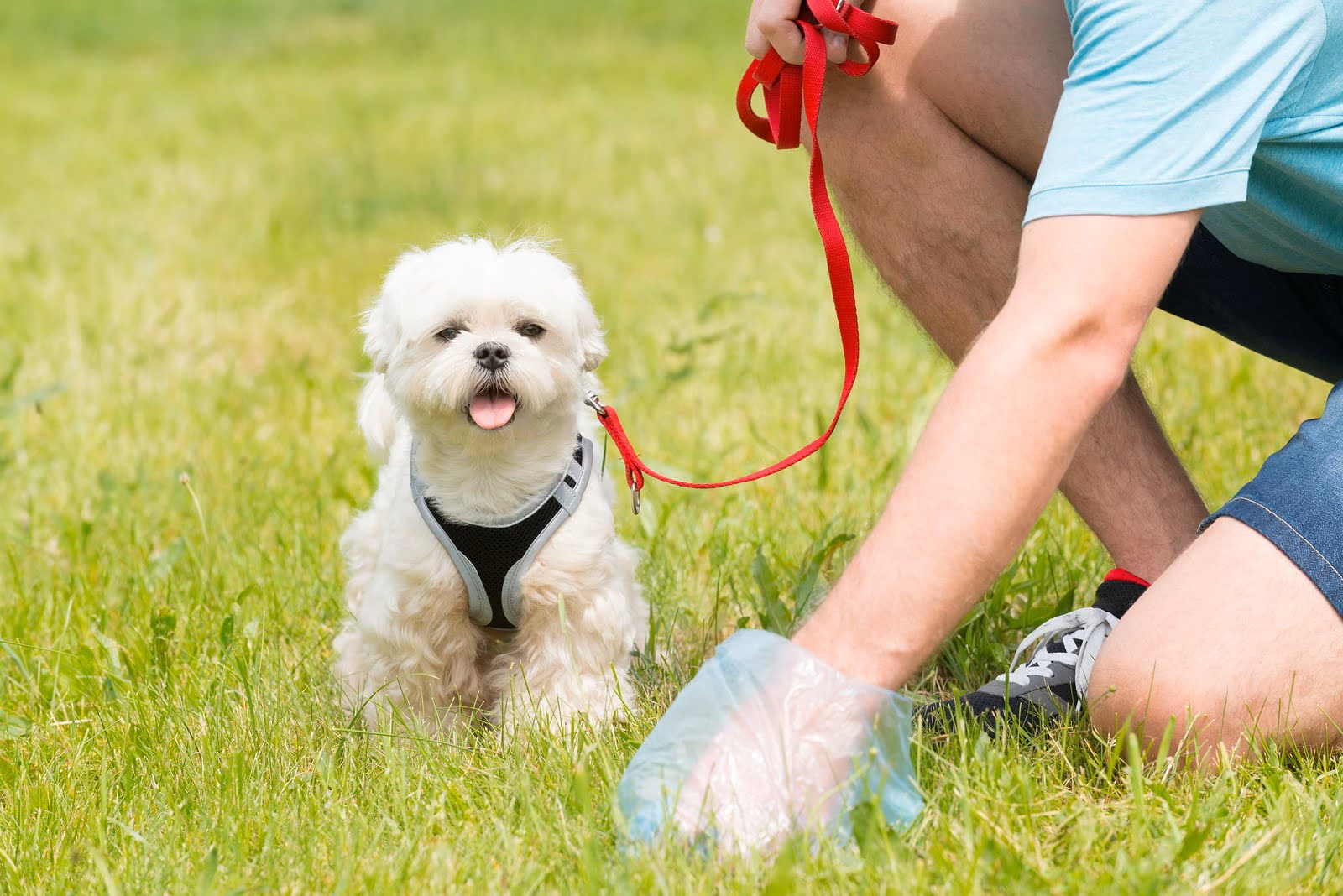
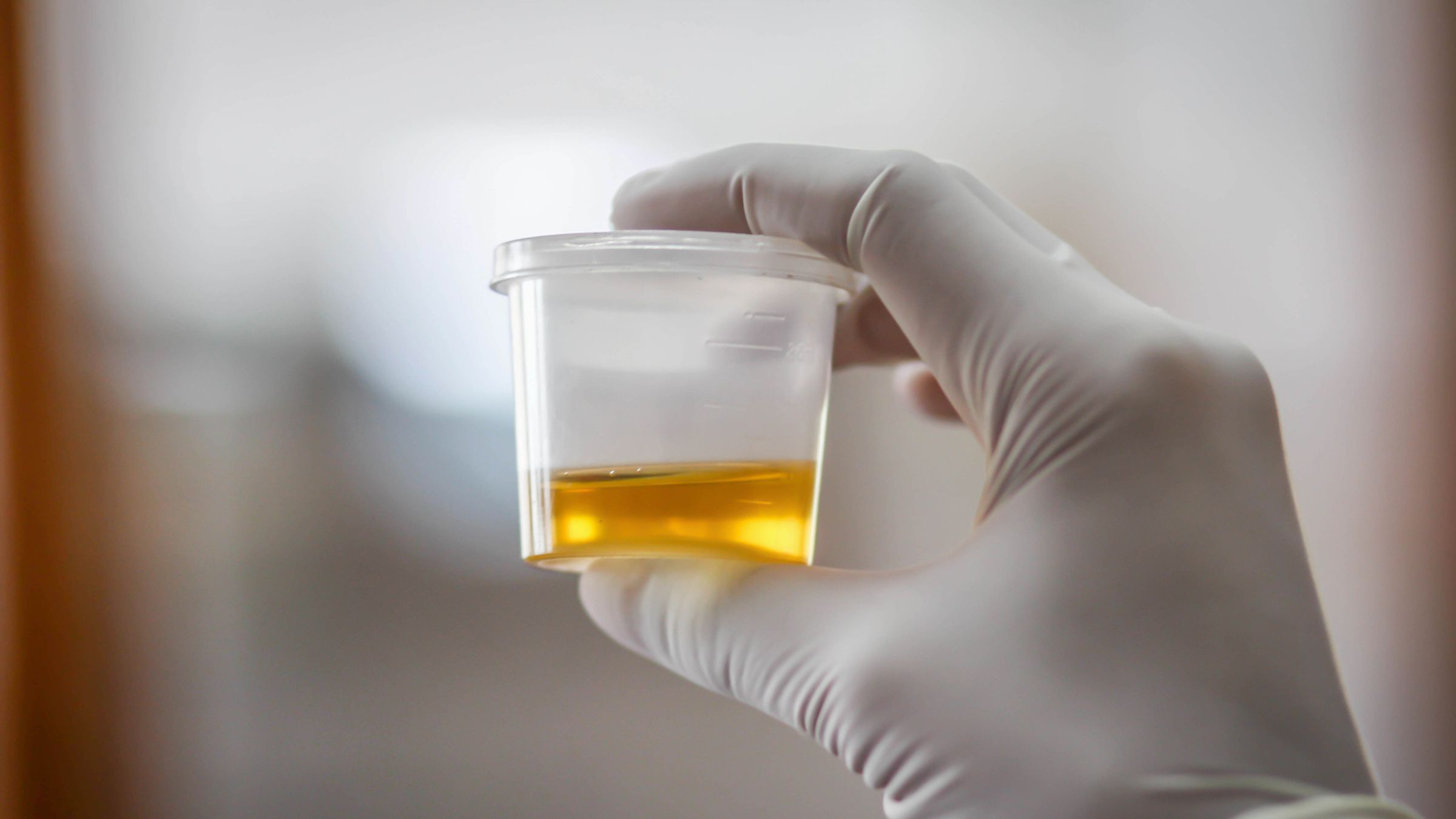
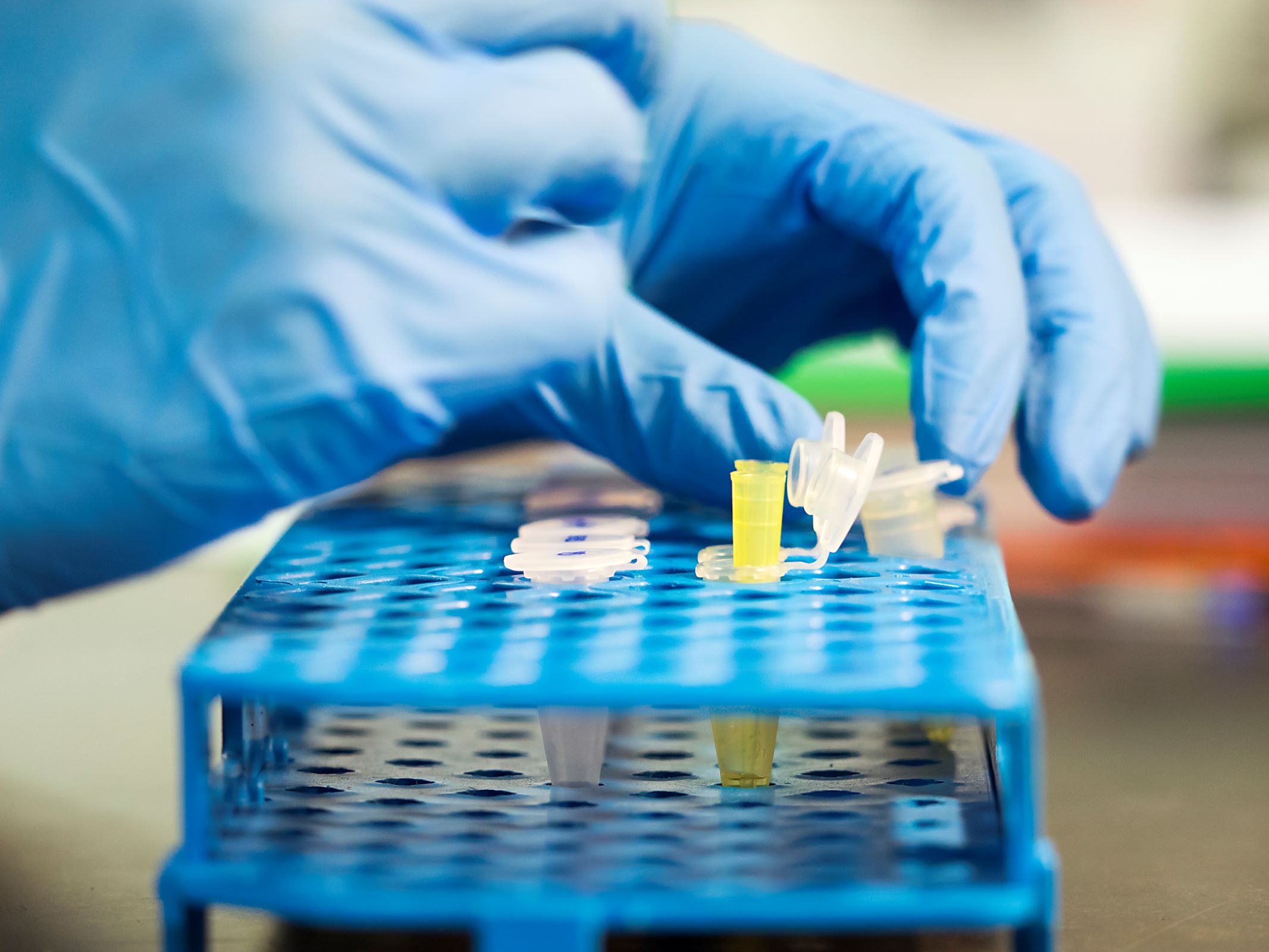
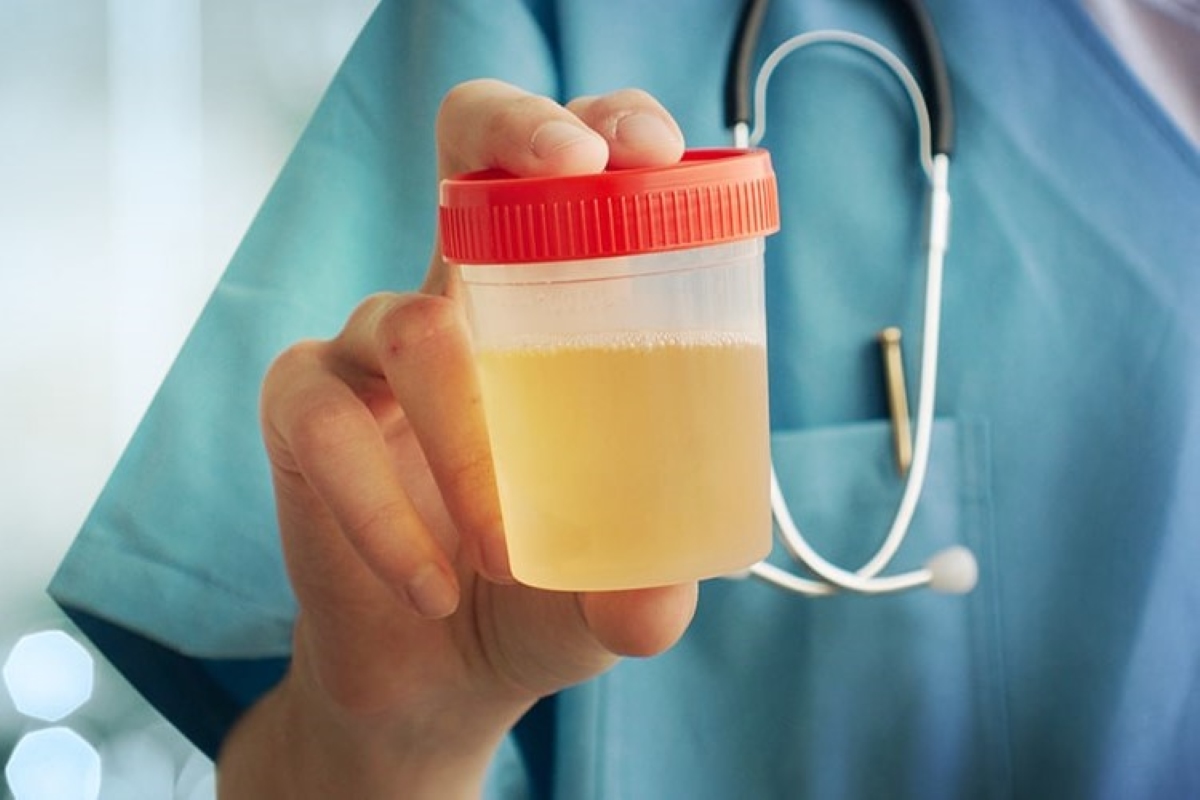
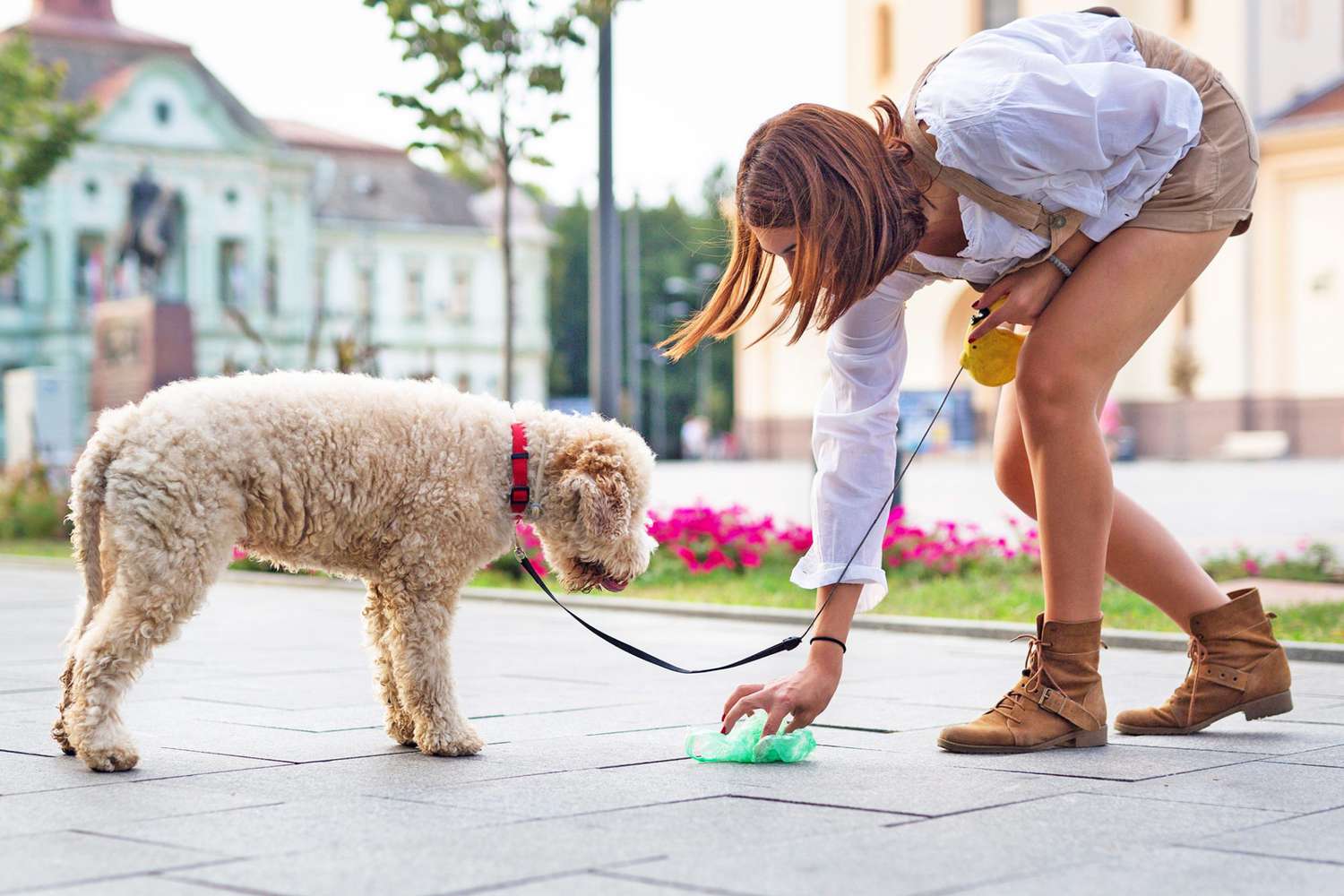
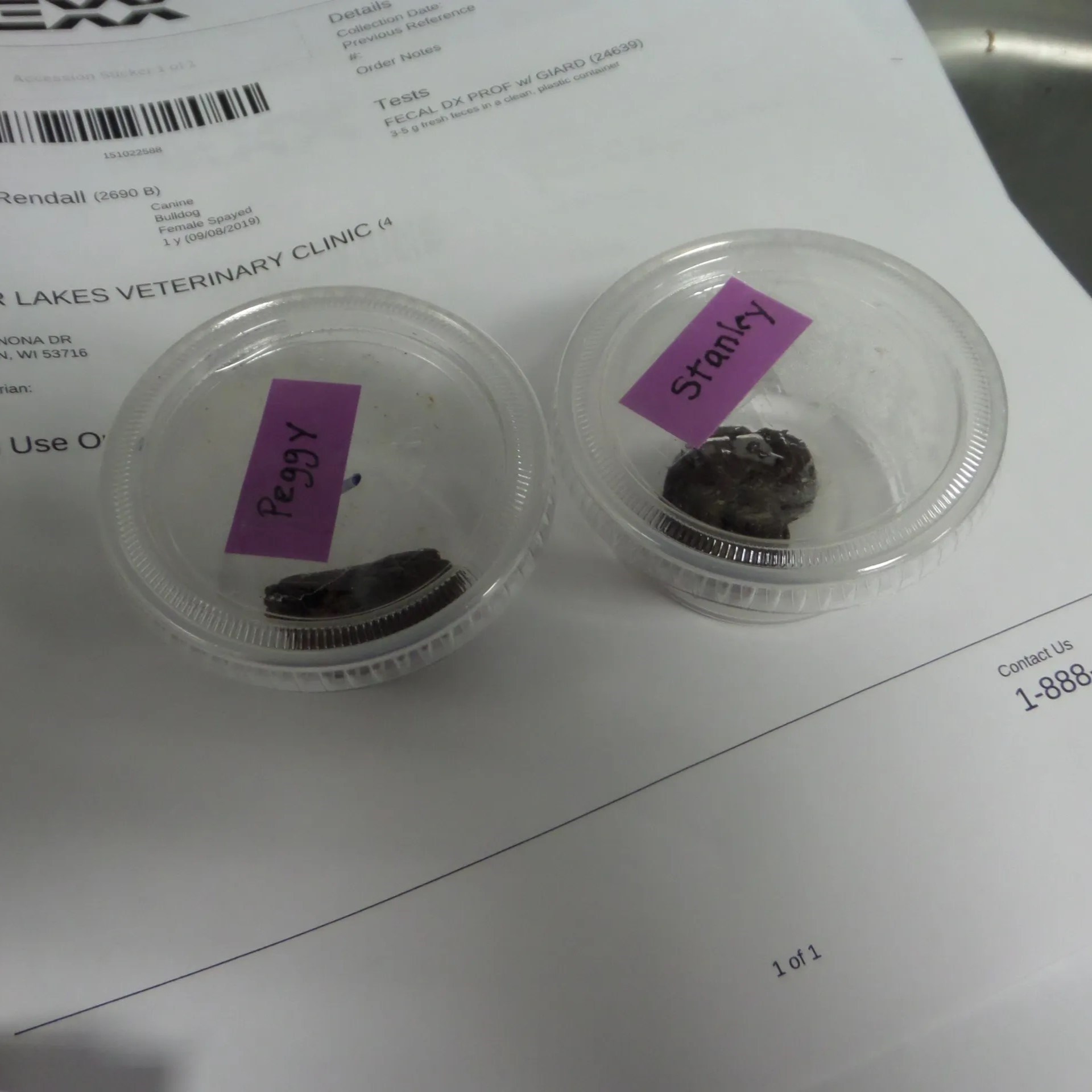
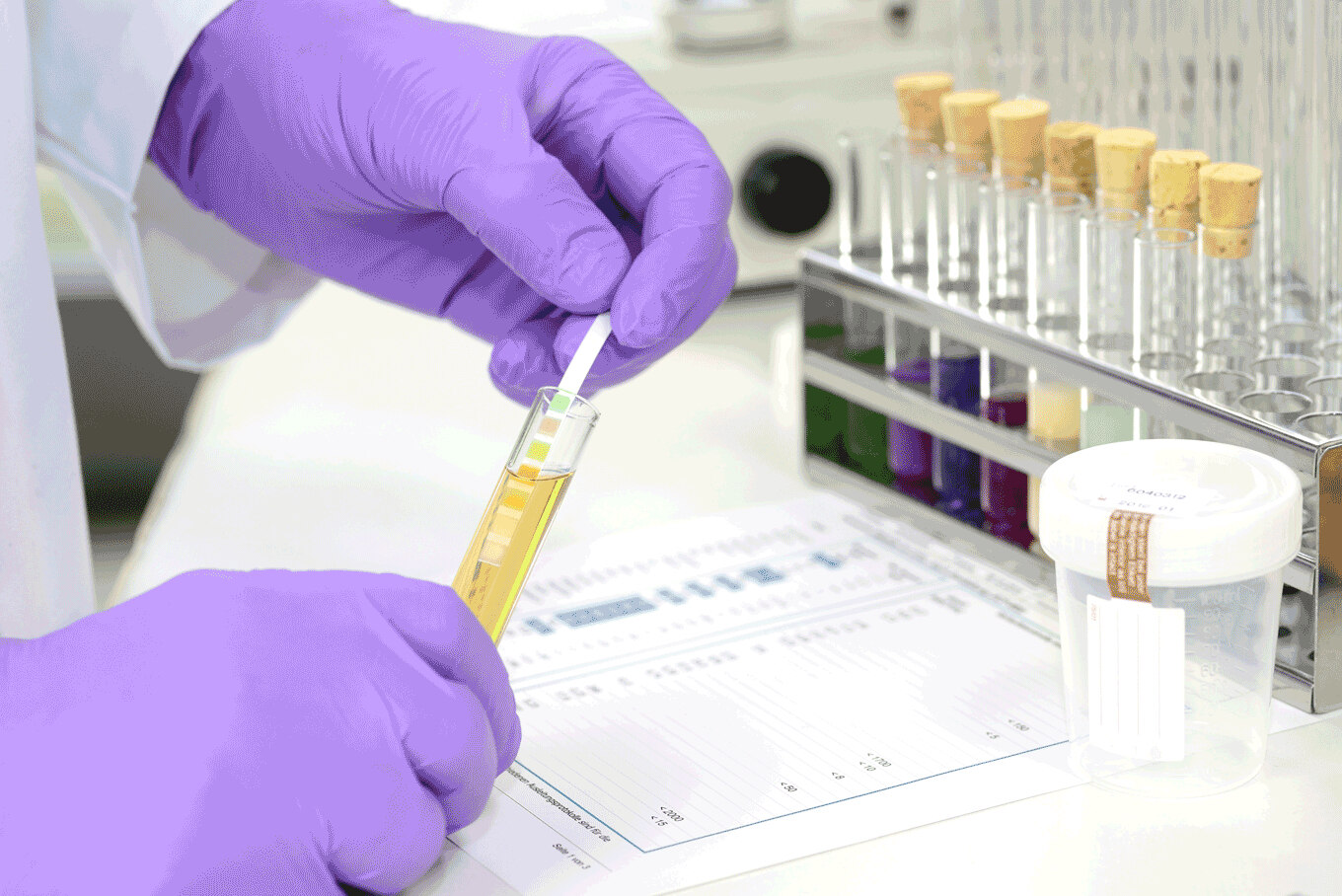
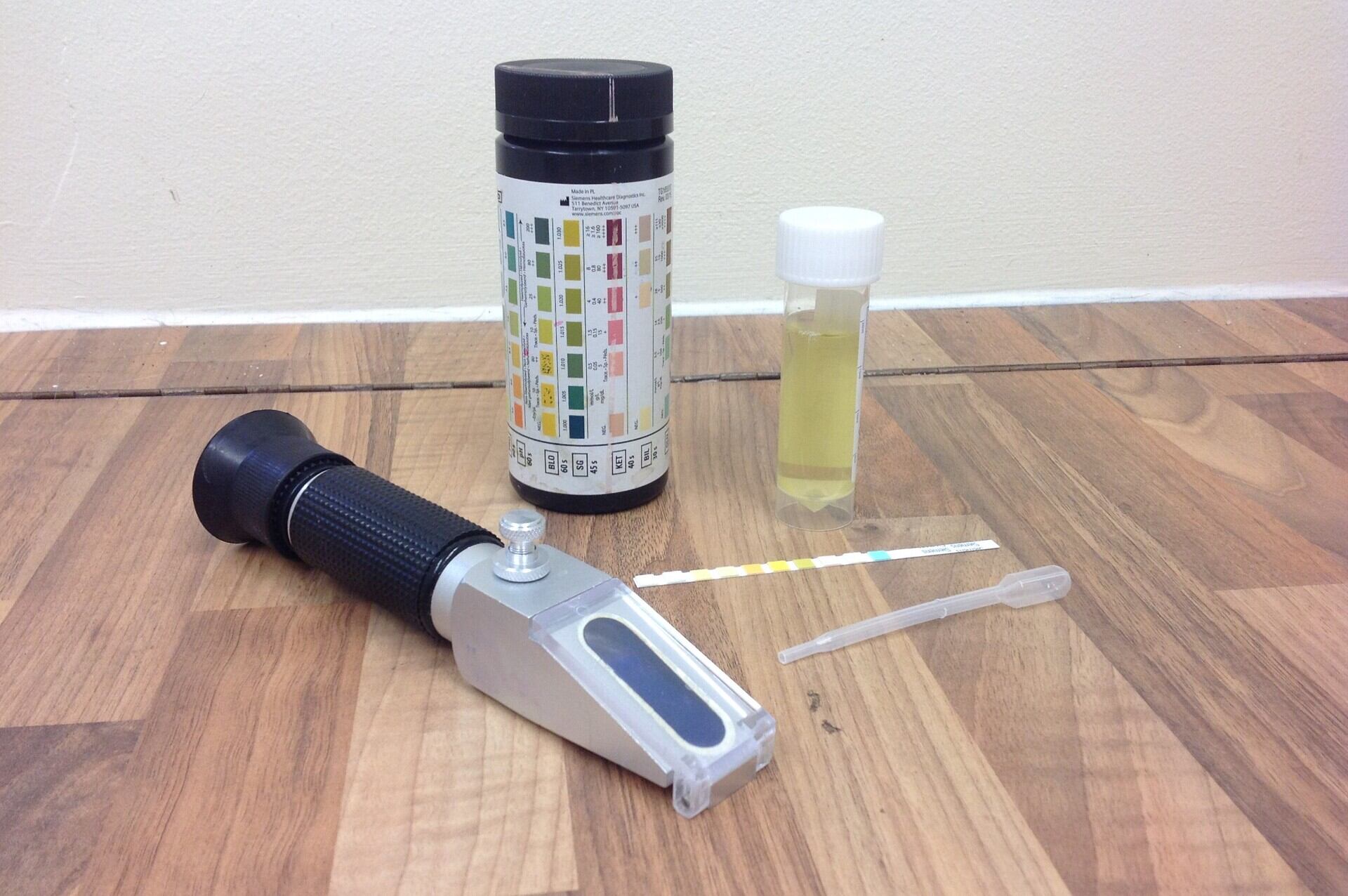
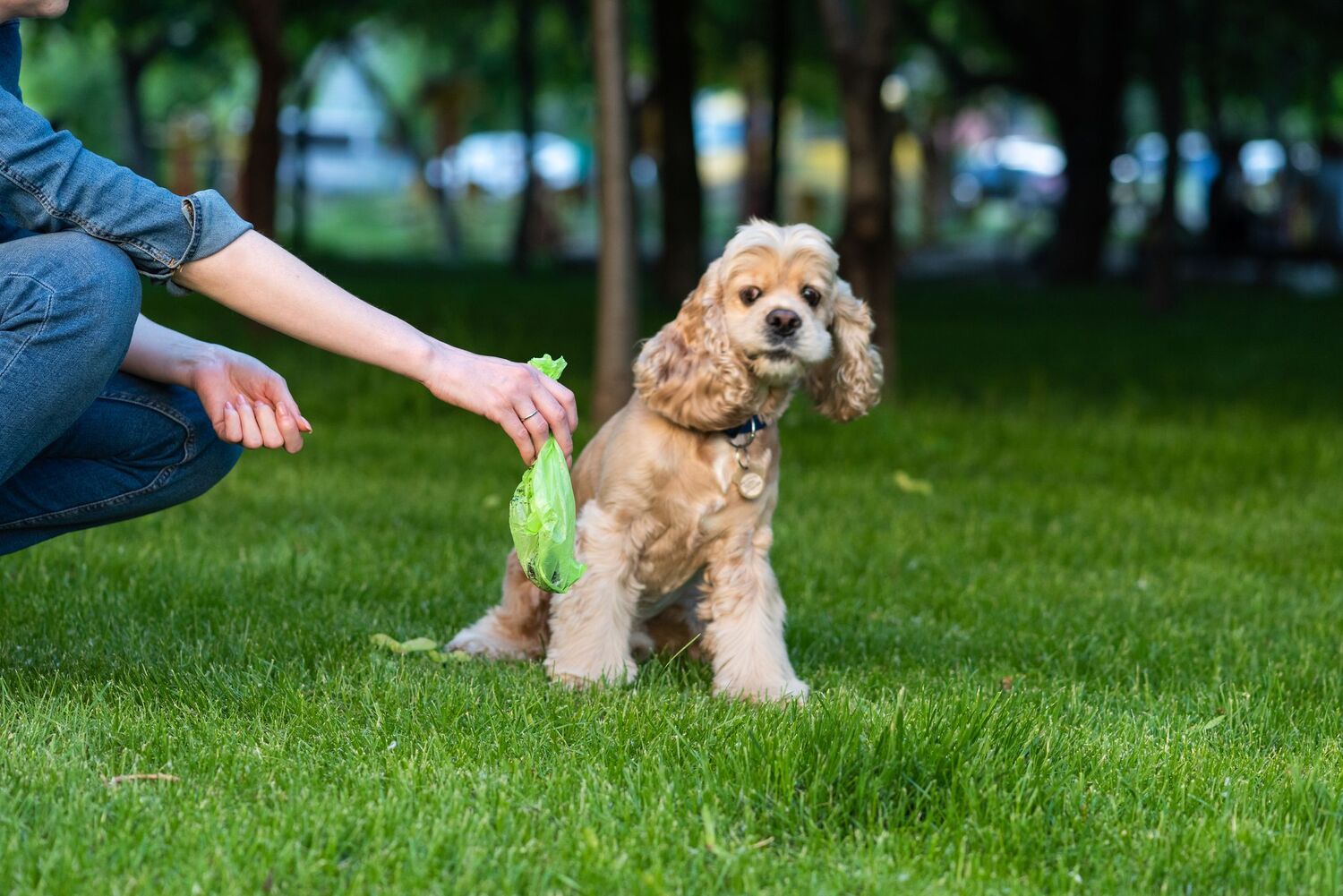

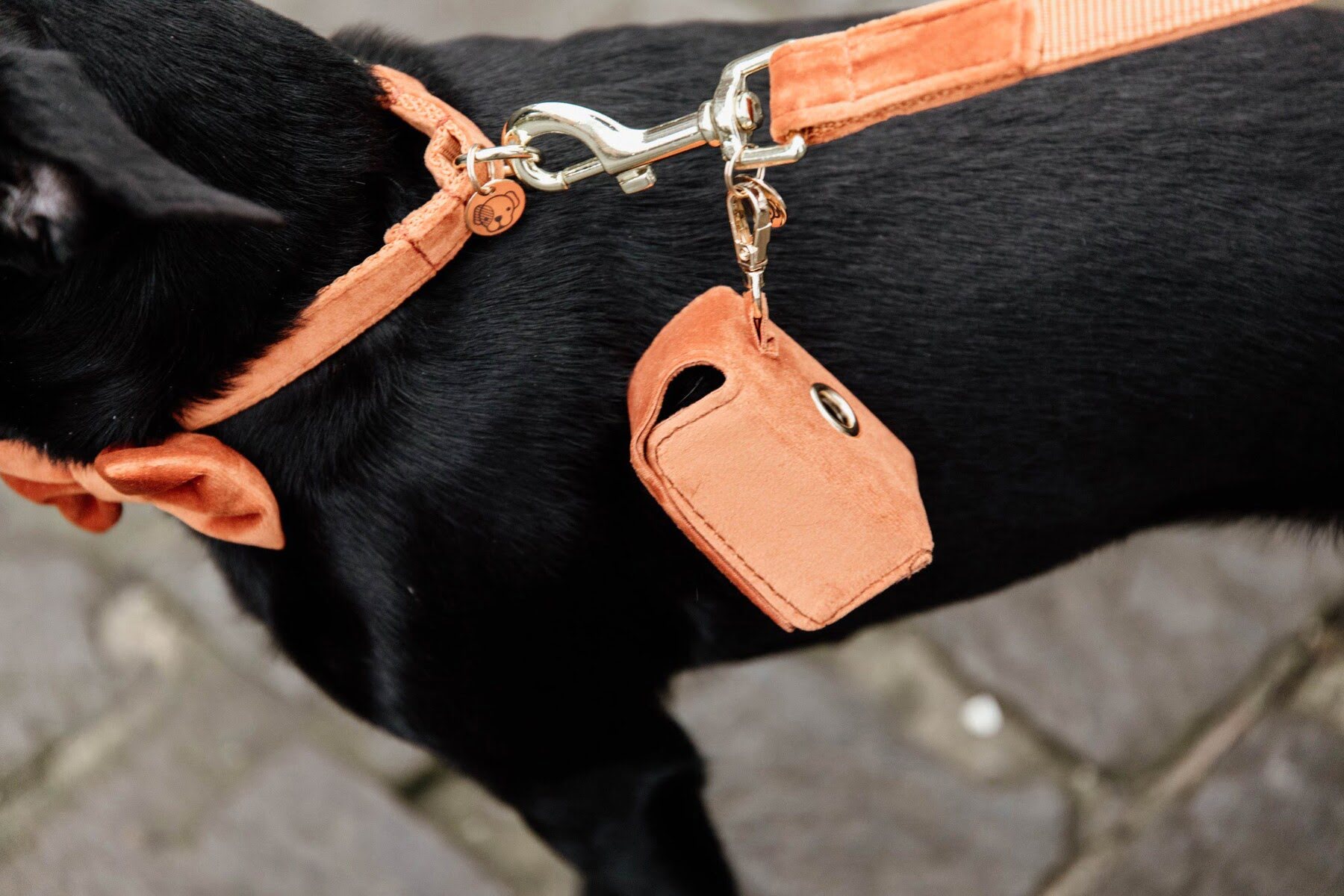
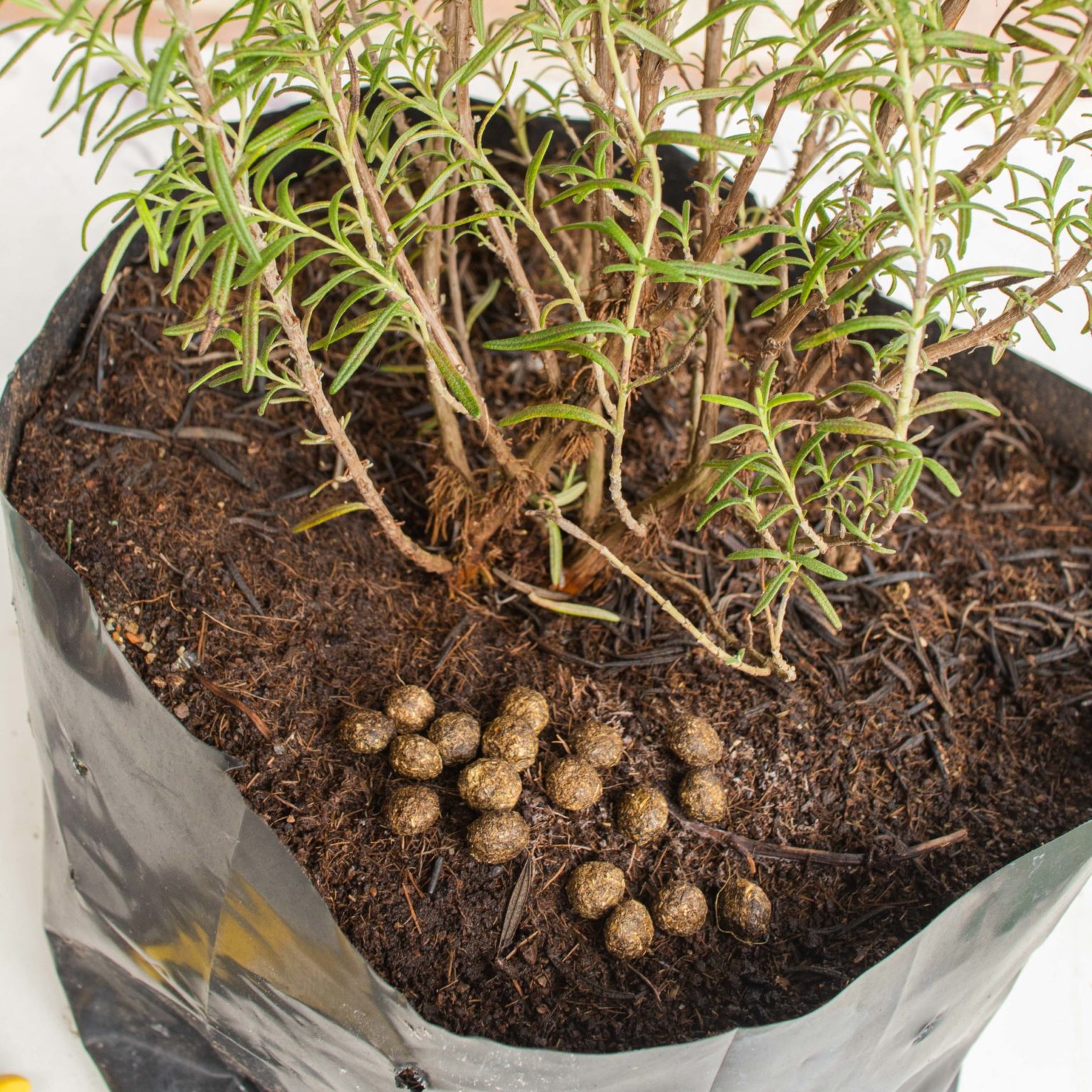


0 thoughts on “How To Store A Poop Sample For The Vet”